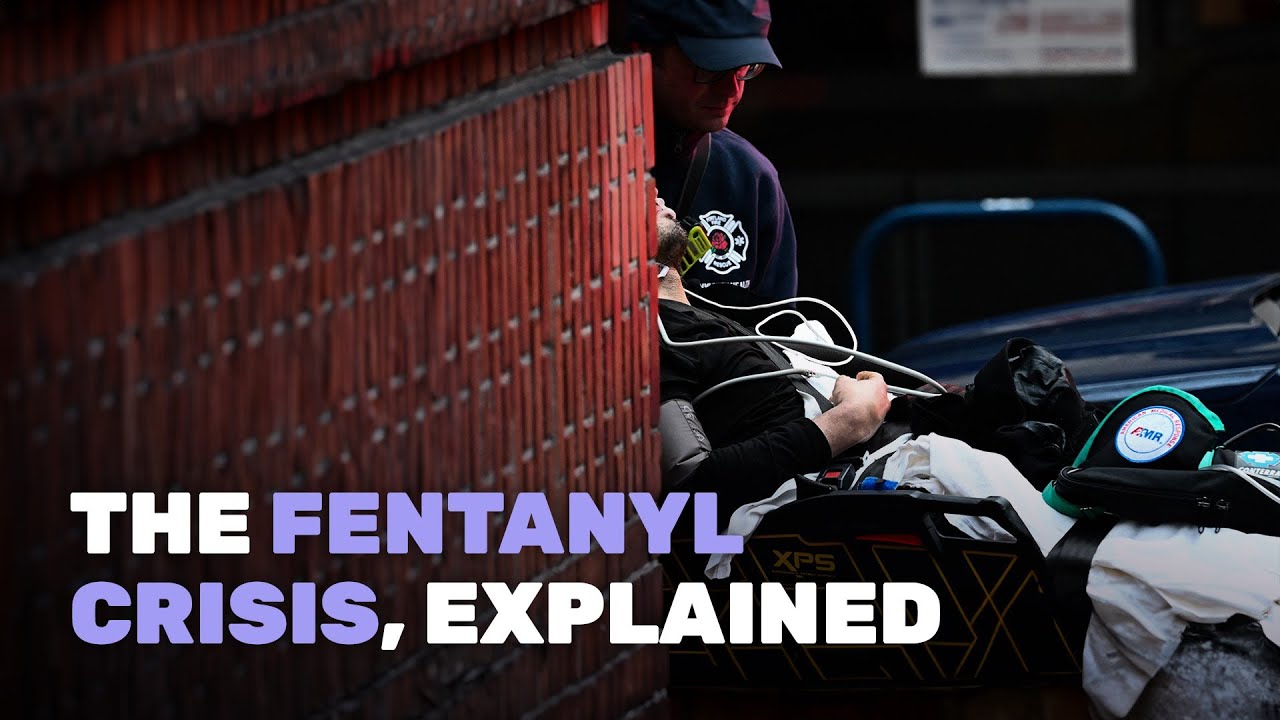America has never seen a drug crisis quite like the one it’s facing today. From 2010 to 2020, the nation’s rate of overdose deaths tripled. The main culprit: fentanyl. What makes this time different is fentanyl’s lethality. In the past, overdose deaths tended to be concentrated among longtime addicts who pushed too far. Fentanyl, however, is so potent that it’s much more likely for even the most casual user to overdose. And because fentanyl often slips undetected into other drugs that means that even users of “safer” substances are at increased risk. How did this happen? And what can we do to stop it? We sort through the research to answer those questions.
The anti-drug ads of the 1980s and 1990s are today often remembered for being stagey and out of touch. The evidence suggests, however, that we haven’t gotten much better at them in the intervening decades. A 2015 analysis of 14 anti-drug campaigns found that only four of them were effective in reducing drug use, eight of them had no effect at all, and two of them actually increased drug use. The research suggested that ads that present sober, realistic portrayals of the perils of drug addiction are the most effective, while the worst campaigns actually have the effect of increasing viewers’ interest in narcotics.
